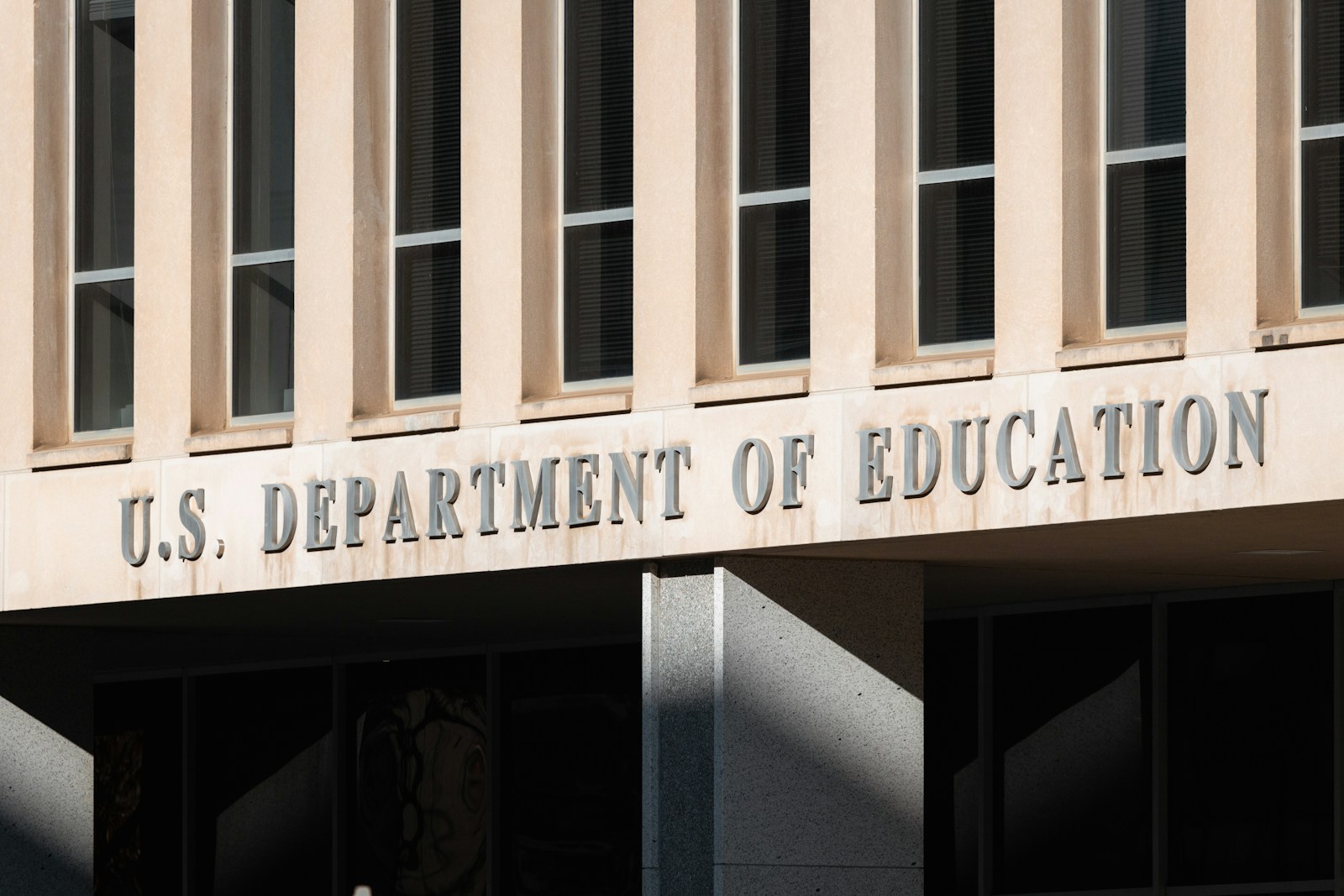Key Takeaways
• The Department of Education will tighten the rules for public service loan forgiveness next year.
• New guidelines bar employers with “substantial illegal purpose,” as judged by the Education Secretary.
• About nine million borrowers could face uncertainty over their loan forgiveness plans.
• Major medical groups warn rural doctor recruitment will suffer.
• Some policy experts defend the change, citing narrow legal definitions.
Public Service Loan Forgiveness Under the New Rule
The Department of Education unveiled a rule that narrows who counts as a qualifying employer for public service loan forgiveness. Under this change, any group judged to have a “substantial illegal purpose” would lose that status. The new regulation takes effect next year. It gives the Education Secretary power to decide which employers fail the test. As a result, some borrowers may no longer qualify for public service loan forgiveness.
The program has helped about nine million borrowers. They work for governments, nonprofits, and some private organizations. After making 120 payments, those borrowers can have their debt wiped away. However, the new rule could change that path for many students. Critics worry it adds new hurdles and uncertainty.
How Public Service Loan Forgiveness Could Change
Before this rule, the government accepted a wide range of employers. Now, only groups with purely lawful goals will count. The regulation names terrorism support and illegal immigration aid as examples. If an employer falls into those categories, its workers lose credit toward forgiveness. Borrowers must then switch jobs or find other ways to repay.
Borrowers who already made payments before their employer loses status can still count those payments. However, they must work for a newly approved employer to finish their 120 payments. This twist may delay loan forgiveness and add stress for borrowers.
Who Could Lose Coverage
Many public service jobs involve nonprofits and local agencies. Some of these groups support causes that critics view as legally questionable. For example, a charity that helps undocumented immigrants might face review. Depending on the Education Secretary’s view, that group could lose qualifying status. This risk may push employees to avoid those employers.
Smaller organizations also face a threat. They often lack legal teams to prove they have no “substantial illegal purpose.” These smaller groups may avoid hiring new staff for fear of losing status. As a result, communities could lose vital services.
Rural Doctors Fear Impact
A coalition of medical groups sounded the alarm. The American Academy of Family Physicians and other top societies warn this rule hurts rural care. Many young doctors rely on public service loan forgiveness to afford life in small towns. Without that program, they may choose urban practices or leave primary care entirely.
Physicians in underserved areas could find fewer job openings. That change would hit rural communities hardest. In many small towns, a single clinic may serve thousands. If fewer doctors join those clinics, patients may wait longer or travel far for care. Medical groups say the change threatens basic health access.
Why Supporters Back the Rule
Some conservatives praise the update. They say the rule draws a clear line around illegal activity. One expert noted the term “substantial illegal purpose” is narrowly defined. He added that borrowers still keep credit for old payments. Supporters argue the tweak ensures tax dollars go only to law-abiding employers.
These voices see the rule as a way to protect program integrity. They claim public service loan forgiveness must reward lawful service. Otherwise, they worry the program could fund groups at odds with federal law. By granting review power to the Education Secretary, they say the rule ensures fair enforcement.
What Comes Next
The rule goes live next year after a public feedback period. Borrowers and employers can submit comments. Some groups plan legal challenges. They argue the change could break promises made under earlier guidelines. Congress also may hold hearings to examine the rule’s impact.
Meanwhile, borrowers face tough choices. They can stay at their current job and risk losing credit. Or they can switch to a safe employer. Some might look for government or usual nonprofit roles. Others may pause career plans until the rule’s fate clears up.
In addition, lawmakers in both parties may seek fixes. Senators and representatives could propose bills to protect certain groups. They may also tighten the rule’s definitions. Such measures would aim to keep the program stable and predictable.
Looking Ahead
For now, borrowers must watch their employers’ status closely. They should track updates from the Department of Education. Loan servicers will offer guidance on whether a job still counts. In the coming months, clarity will be key to planning careers in public service.
Public service loan forgiveness remains a powerful tool. It helped many graduates tackle debt to serve communities. Yet this new rule injects doubt for some who rely on it most. Health workers, teachers, and nonprofit staff now face new questions. As debates continue, one thing remains clear: borrowers and employers will watch closely for any shifts in policy.
Frequently Asked Questions
What jobs qualify under public service loan forgiveness?
Qualifying jobs include federal, state, and local government roles. They also cover nonprofit and certain private employers. The new rule may tighten this list based on legal purpose.
Can borrowers keep past payments if their employer loses status?
Yes. Payments made before the employer change still count. However, new payments must come under a qualified employer to reach 120 total.
How will medical groups respond to the new rule?
Leading medical societies plan to challenge the rule. They worry it will limit rural doctor recruitment. Some also consider legal action to protect borrowers.
What should borrowers do now?
They should monitor updates from the Department of Education. Talk to loan servicers about job eligibility. Weigh career plans and prepare for possible shifts in policy.

